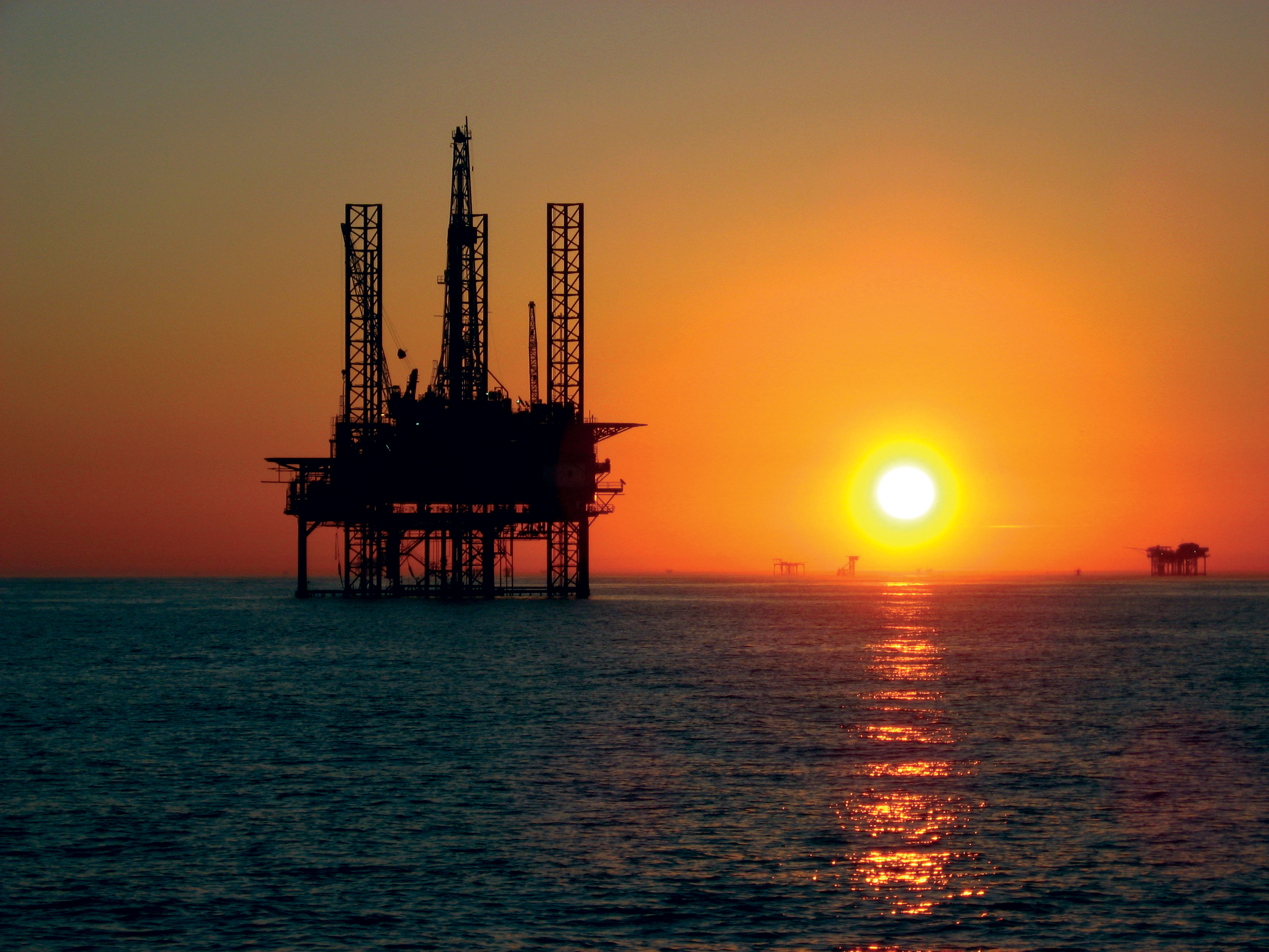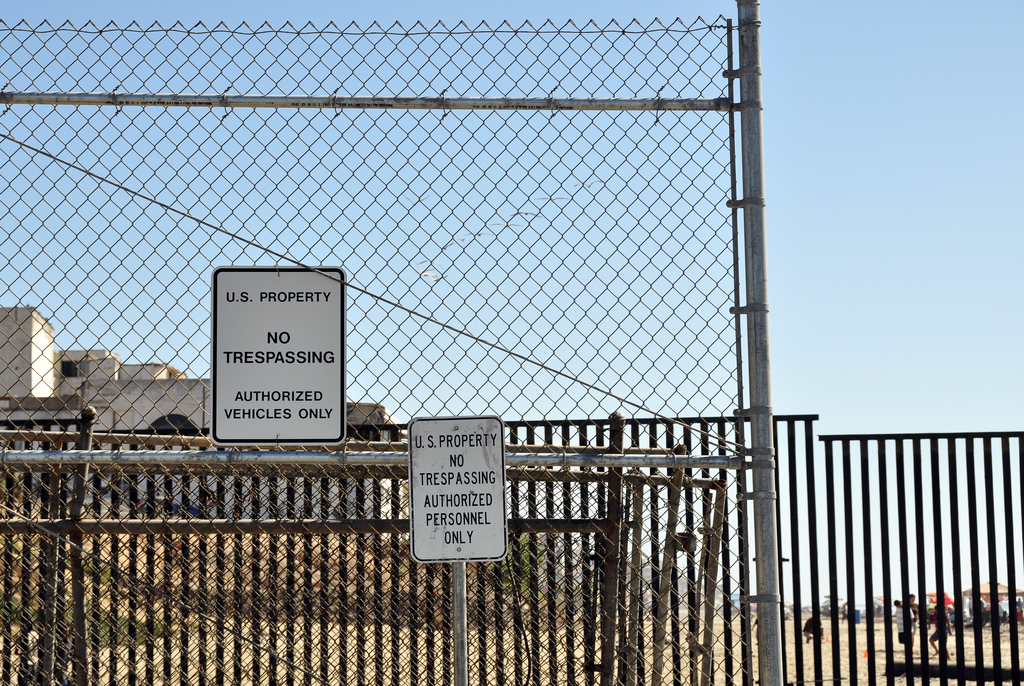In January, President Donald Trump issued an order to reopen the shores of the East Coast to the potential of offshore drilling in the effort for the nation to become energy independent. Last Friday, the U.S. Department of the Interior via the National Marine Fisheries Service (NMFS) approved a plan to let five companies conduct seismic testing of the ocean floor from Florida to the New Jersey border, which has come with controversy attached.
The testing would utilize airguns to send sound waves into the ocean down to the seabed to map areas within the continental shelf to deliver the whereabouts of potential caches of oil and natural gas. Though, environmentalists have echoed concerns that the efforts could harm tens of thousands of dolphins, whales, and other marine animals, including endangered species that live in the waters off the East Coast.
Former Virginia Governor Terry McAuliffe (D) was part of a coalition of southern governors that were pushing the plan years ago citing job creation. In 2010, then-President Obama announced the end of a decades-old ban on oil and gas drilling along much of the Atlantic coast and northern Alaska. However, in one of his final acts in the Oval Office, Obama switched his position and permanently banned oil and gas drilling in late December 2016, burnishing an environmental agenda that drew fire from incoming President Trump.
Now that Trump has reversed nearly all of the environmental regulations cemented by his predecessor, the issue of expanding an already burgeoning domestic energy production industry is being criticized for not taking into account its potential effects to wildlife.
In 2012, the Bureau of Ocean Energy Management (BOEM) conducted a biological assessment to study the proposed geological and geophysical activities for energy exploration. For drilling off the coast of most the the eastern U.S. states, the report stated that “[n]egative effects from G&G [geological and geophysical] activities on listed species or critical habitat may occur either from routine activities or from accidental events. These impacts may be direct or indirect.”
The report states the impact-producing factors (IPFs) applicable to marine mammals are “active acoustic sound sources, vessel and equipment noise, vessel traffic, aircraft traffic and noise, trash and debris, and accidental fuel spills,” but that “[i]mpacts of drilling discharges are considered negligible for marine mammals due to the rapid dispersion of the effluents” (liquid waste products). “Seafloor disturbance is not an IPF for the listed whales because none of them use benthic habitats to any significant degree,” the study’s authors added.
Furthermore, the effects are negligible for most marine mammals, birds, and fish.
National Geographic reported estimates that about 138,000 marine animals could be injured in some way, and perhaps 13.6 million could have their migration, feeding, or other behavioral patterns disrupted by the seismic surveys. However, according to BOEM, seismic surveys “should not cause any deaths or injuries to the hearing of marine mammal[s] or sea turtles.”
Proponents of seismic tests have argued based upon previous runs with the testing method, saying they have been used effectively for academic and research purposes for decades, which is a safer route to take than exploratory drilling.
In a report from WUSF, Nikki Martin, the President of the International Association of Geophysical Contractors, said Friday the tests will have “no more than a negligible impact – the highest standard possible under U.S. environmental law on marine life.” Moreover, the NMFS issued the final authorizations under the Marine Mammal Protection Act, allowing companies to “incidentally, but not intentionally, harass marine mammals” while conducting testing.
While more than half of Virginians support offshore drilling in the Commonwealth, Governor Ralph Northam (D) said drilling proposals off the coast of Virginia, although in federal waters, “eliminate states’ authority,” rather than “work[ing] with us to develop the new energy technologies we need to fight climate change and make our country a leader in the global energy economy of the future.” Governor Northam added that advanced offshore energy exploration and drilling for oil and natural gas represents “[a] clear and present threat to Virginia’s economy, our military assets and our natural resources.”
Unfortunately for drilling advocates, Northam is now joined by a bipartisan contingent of governors along the Atlantic Coast that is categorically opposed to offshore drilling.
The biggest question surrounding the prospects of offshore drilling in Virginia: is increased oil and natural gas production a necessary component of America’s energy policy?
One of the biggest concerns from environmentalists stems from the 2010 Deepwater Horizon disaster in the Gulf of Mexico – rightfully so, though. Of course, such an incident would be tragic for marine life along the Atlantic shore, could interfere with military operations near Norfolk, and present economic losses insofar as tourism is concerned. But, if the United States at-large came to the same conclusion in the past, Americans probably wouldn’t have even landed on the Moon yet, thus losing our traditional sense of exploration and innovation.
For those who believe that beachcombers would have their views spoiled by oil rigs lining the Virginia coast, think again – they would be placed well beyond the three-mile limit to state jurisdiction.
Advocates against offshore drilling also contend that the U.S. does not “need” the oil beneath the ocean. They claim the country has plenty of oil and natural gas to go around. After all, just last year, the United States overtook Saudi Arabia to become the world’s largest crude oil producer at more than 11 million barrels per day, expected to hold the position though 2020 as the industry closes in on producing 12 million barrels per day to eventually surpass Russia.
Again, we didn’t “need” to go to the Moon, but look at what it helped humanity create – besides a couple hundred of pounds of lunar rock and soil now sitting in museums and NASA labs.
The first few Apollo missions – namely Apollo 11 that landed Neil Armstrong and Buzz Aldrin in the Sea of Tranquility in 1969 – was evidence during the height on the Cold War of the superiority of democracy, which was, at first, political, not scientific. Nevertheless, the mission thereafter led to thousands of new inventions like modern satellites, microwaves, lasers, more powerful computers, remote sensing, sea-surface radar altimetry, among many, many others.
Although offshore drilling may not be as landmark of an event as the Apollo spaceflights and subsequent Moon landings, just like Apollo, it will help humanity explore more of the planet hidden by oceans.






